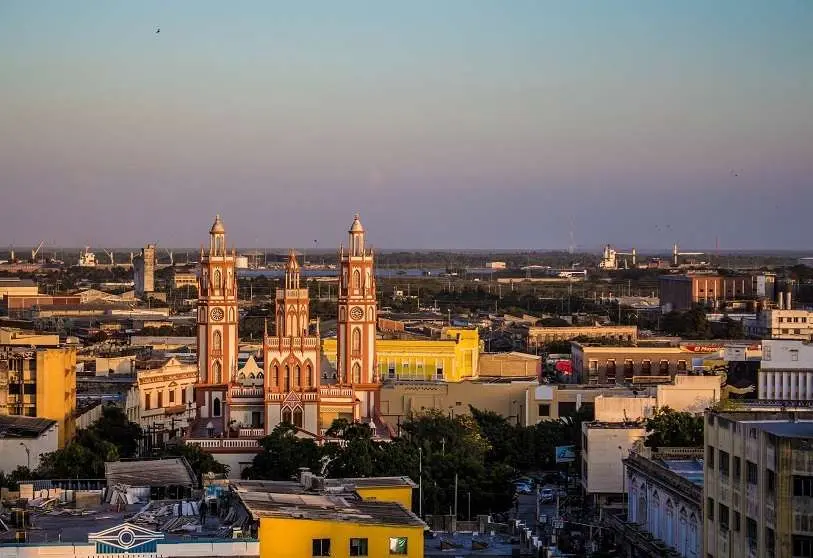Latin American cities respond to climate change

Civilisation has mostly chosen to settle in cities. Today, 55% of the world's population lives in urban centres, and there are 36 cities with more than 10 million inhabitants. To put these figures in context, in the heyday of the Roman Empire, its capital city had just over one million inhabitants.
In Latin America and the Caribbean, the majority is even more overwhelming, and those who choose to live in the city represent 80% of the population, making it the second most urbanised region, slightly behind North America. This growing and increasing urbanisation process has generated major problems, such as informal settlements or the creation of pockets of poverty, but it leaves one unquestionable reality: any solution to humanity's major challenges inevitably involves cities.
Therefore, to combat climate change, the consequences of which will be more drastic in developing regions such as Latin America and the Caribbean, cities must take urgent adaptation and mitigation measures, and promote the conservation and sustainable use of biodiversity in urban planning and management.
This means turning cities into spaces that coexist harmoniously with nature, for example through parks, gardens, resilient and environmentally friendly infrastructure, urban forests, clean transport systems, among other activities that contribute to integrating natural resources and promoting socio-economic activity with low emissions of polluting gases. The additional value of these investments is that they substantially improve the quality of life of citizens.
"Climate change and environmental pollution are phenomena that shape the agendas of our cities. To address them, it is necessary for local governments to contemplate and integrate care for biodiversity, infrastructure development, and urban growth in general, in their urban development plans and the legislation that should result from them," says Pablo López, Coordinator of CAF's "Ciudades con Futuro" initiative.
According to López, a growing consensus is beginning to form among Latin American mayors to establish a model of urban growth in harmony with the care of biodiversity and the environment in general. An example of this is the declaration recently signed by the mayors of eight cities in the region to promote a new concept of city adaptation to climate change: Biodiverciudades. The cities that signed this declaration were: Barranquilla (Colombia), Córdoba (Argentina), Lima (Peru), Luján (Argentina), Maldonado (Uruguay), Niterói (Brazil), Timbiquí (Colombia), Ushuaia (Argentina).
The biodiverciudad concept stems from the need to effectively and comprehensively incorporate local and regional biodiversity into urban planning, as an essential axis and instrument of socio-economic development. The biodiverciudades initiative, coordinated by the Alexander von Humboldt Institute of Colombia and the World Economic Forum, brings together the governments of the country's different cities, businesses and civil society to forge a future in which nature benefits cities and cities benefit nature.
According to Jaime Pumarejo, mayor of Barranquilla, the city's objective "must be the conservation of the environment, of our natural beauty, without losing sight of that race and that enthusiasm to reduce carbon emissions. It is a call to action through our example so that the rest of the world is sorry for not taking that step that we are taking.
Robert Valls, Senior Communications Executive at CAF
Visiones del Desarrollo is a section promoted by CAF, Development Bank of Latin America, which analyses the main development issues in the region. The articles it contains are published simultaneously in the main Latin American media.
